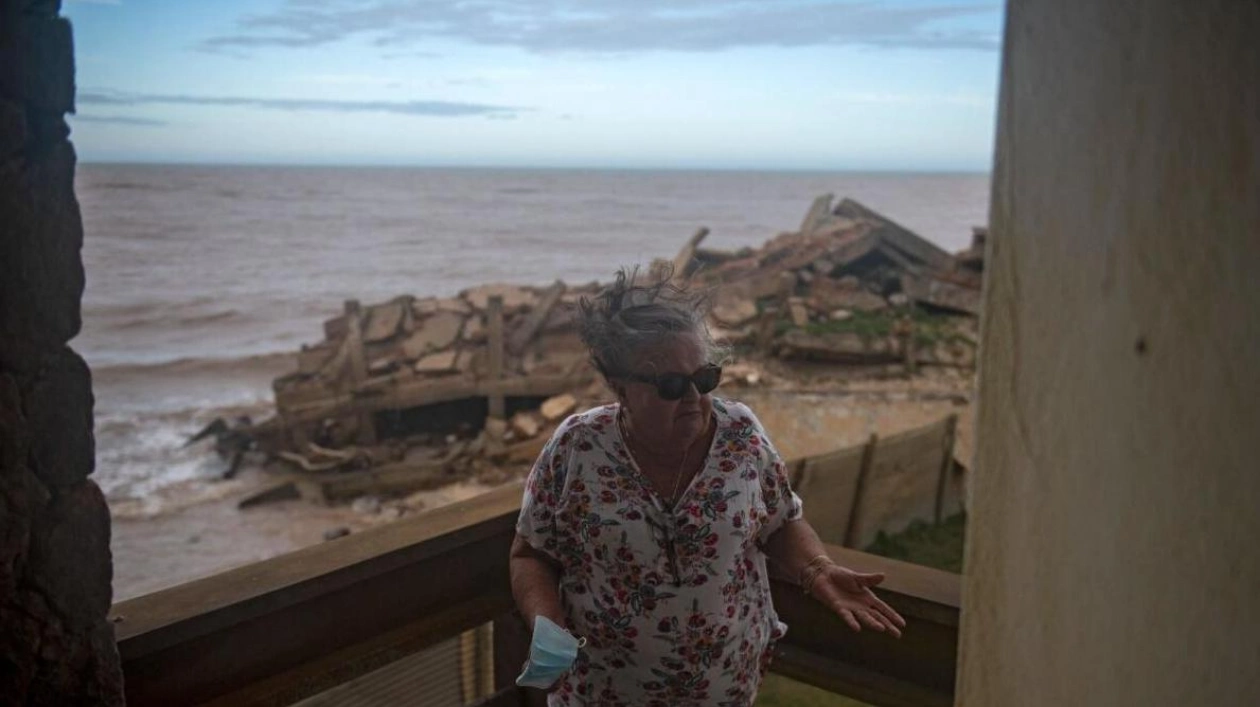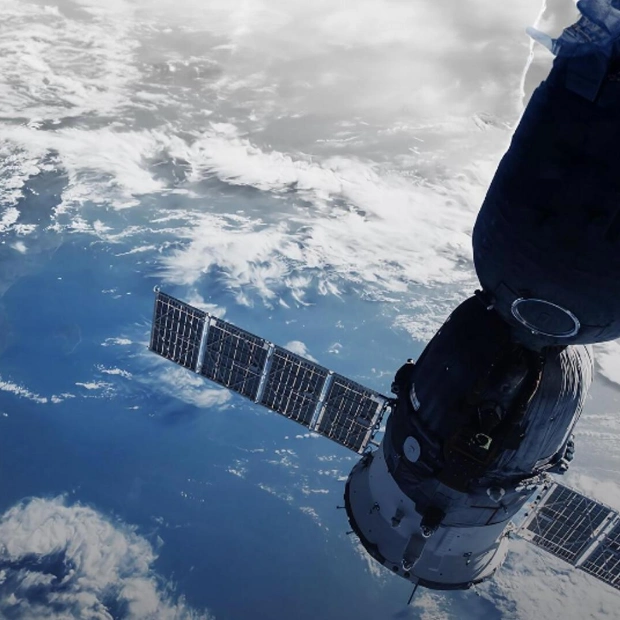Sonia Ferreira's two-storey house with a pool and garden on the Brazilian coast fell victim to the advancing waves of the Atlantic Ocean, exacerbated by climate change. During a recent visit, the 80-year-old retiree surveyed the heap of debris that remained from the home she had to abandon before it was demolished by the relentless waves in Atafona, north of Rio de Janeiro.
"I've avoided coming back here because we have many memories. It is so sad," she said, displaying images on her cellphone of the house she constructed 45 years ago. Global warming, along with the silting of the Paraiba River, has led to the erosion of Atafona's coast, resulting in the destruction of 500 houses, including the collapse of a four-storey building by the beach.
This scenario is one of many beachside communities along Brazil's 8,500km Atlantic coastline that are losing their fight against the ocean. According to the United Nations report 'Surging Seas in a Warming World,' released last month, the sea level in the region around Atafona has risen 13cm in the last 30 years and could rise another 16cm by 2050.
Eduardo Bulhoes, a marine geographer from Fluminense Federal University, stated that coastal areas like Atafona could see the ocean advance inland by as much as 150 metres in the next 28 years. "The combination of climate change and global warming... with a river that no longer carries sand to the beaches of Atafona, has caused a catastrophe for its residents and there is no hope that this situation will be reversed," he told Reuters.
Although severe, Atafona's situation is not unique in Brazil. The beach in Ponta Negra, one of the most popular seaside resorts on the northeast shoulder of Brazil, is also diminishing. Over the last two decades, it has lost 15 metres of white sand to the sea. The local government is transporting sand from elsewhere in a costly attempt to restore the beach.
At the mouth of the mighty Amazon River, a fragile ecosystem faces a threat to its biodiversity as the river's strength has waned during the region's most severe drought on record, allowing salt water from the ocean to advance upstream. "Salt water comes further up the river and this will change the whole biodiversity of that area," said oceanographer Ronaldo Christofoletti, at the Federal University of Sao Paulo.
Last year, salt water reached almost as far upriver as Macapa, a city 150km from the mouth of the Amazon, killing freshwater fish and affecting local fishing communities. The Intergovernmental Panel on Climate Change (IPCC), the UN body for assessing the science related to climate change, reported that sea levels are rising faster than ever, with the rate more than doubling in the past 10 years to 0.48cm a year, compared to 0.21 cm annually in 1993-2002.
Christofoletti noted that the loss of land in coastal towns and beaches is inevitable with rising seas, questioning why urban planning had not adapted. "It is shocking to see houses being destroyed in Atafona. But you were not supposed to build houses there. You should have woods, a mangrove swamp, a sandbank, ecosystems that would naturally be prepared to hold the sea," he said.






